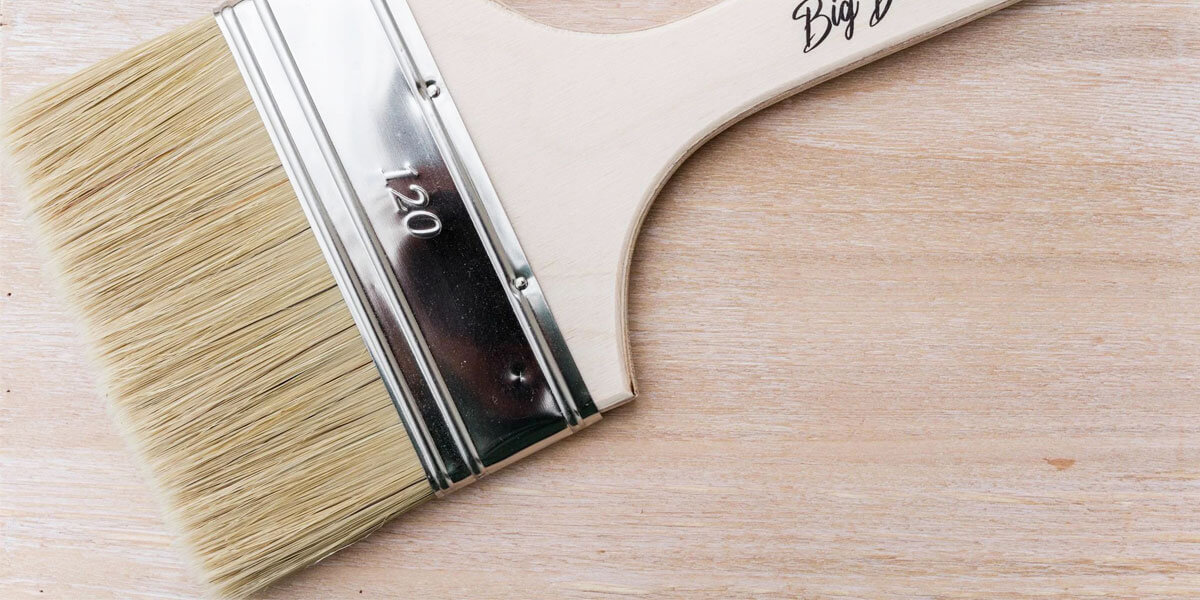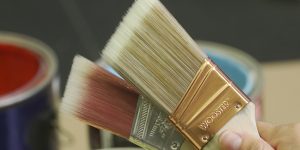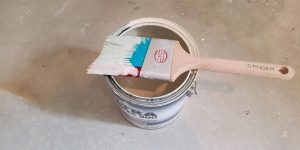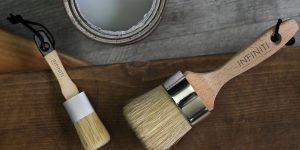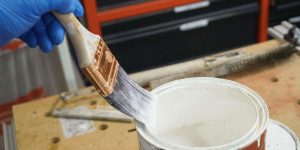Often overlooked yet remarkably versatile, chip brushes carry a unique charm in their simplicity. So, what is a chip brush? This typically disposable tool, known for its wooden handle and natural or synthetic bristles, is far more than a mere accessory for painters. Understanding the difference between a chip brush and a regular paintbrush is critical, particularly when considering their application in various painting scenarios, whether they be industrial or artistic. Unlike traditional paint brushes, chip brushes offer unique benefits such as cost efficiency, usability, and adaptability, making them a favorite for professional artisans and hobbyists alike.
The diverse uses of this humble tool prove that it can handle much more than it was originally intended for, making it a hidden gem in the world of brushes. Read on as we delve into the different ways you can utilize chip brushes.
Definition and characteristics of a chip brush
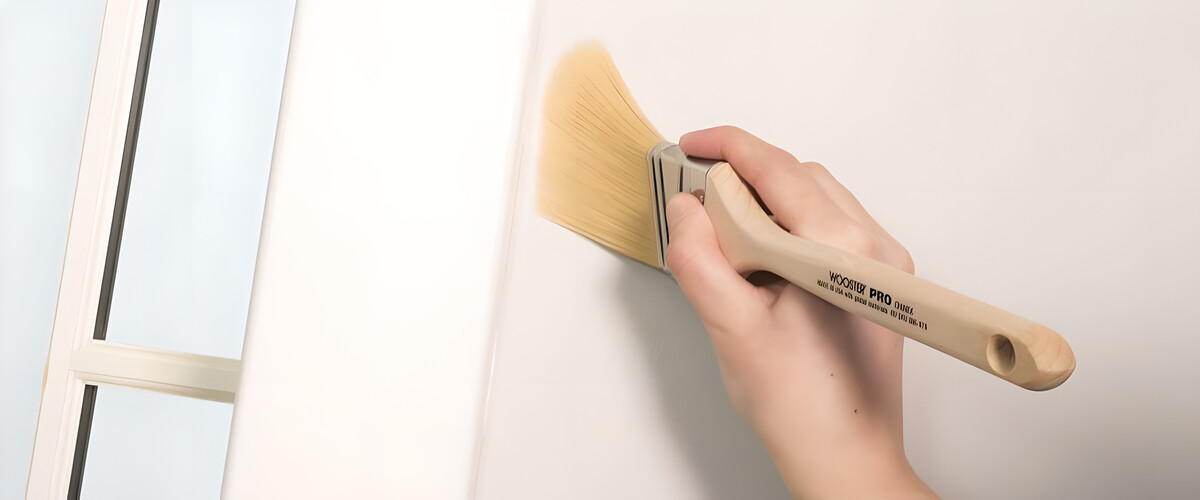
Based on my experience, I can claim that a chip brush is a simple, cost-effective utility brush that’s broadly used in painting, varnishing, and other hand-on tasks due to its ability to evenly distribute substances and easily handle rough use.
Characteristics of a chip brush:
- Handle: Made of wood and typically short, facilitating easy control and maneuverability.
- Bristles: Flat and rectangular in shape, fashioned from either natural (hog hair) or synthetic materials.
- Bristle material functionality:
- Natural bristles: Superior at holding and spreading oil-based substances like paints, varnishes, and stains.
- Synthetic bristles: Ideal for water-based paints as they don’t absorb water and therefore maintain their shape effectively.
Applications of a chip brush:
| Task | Why use a chip brush |
|---|---|
| Primer/base coats | Chip brushes can hold and distribute these substances evenly, which is crucial for setting the foundation for further painting. |
| Varnishing/lacquering | The brushes provide a smooth and consistent application, resulting in a professional-looking finish. |
| Touch-ups | Due to their manageable size and even spread, chip brushes are excellent for touch-ups and minor paint corrections. |
| Painting | The capability to deliver an even application of paint over large or hard-to-reach areas makes them a preferred choice for many painting scenarios. |
In conclusion, the chip brush is an unsophisticated yet extremely versatile tool. Its wide range of applications and economical nature make it a staple for both professional artisans and DIY enthusiasts.
Use a chip brush for painting

With its distinctive characteristics and broad utility, a chip brush finds application in many painting tasks. To provide a thorough understanding, let’s categorize its usage into two primary sectors – industrial-grade painting and artistic endeavors.
1. Industrial-scale painting:
In industrial-type or large-scale painting projects, such as painting fences, decks, warehouses, or exterior walls, chip brushes often take the spotlight. Their ability to hold a large amount of paint, coupled with the potential to quickly cover wide areas, make them an ideal fit for such tasks.
Consider the following key aspects of using chip brushes in these situations:
- Versatility with paint types: One of the greatest advantages of a chip brush for painting is its versatility, with the ability to handle both water-based and oil-based paints, making it a useful tool in various applications.
- Achieving a smooth finish: While a chip brush may not deliver an ultra-smooth finish akin to high-end, specialized brushes, it can still provide a respectable, smooth finish suitable for many applications.
2. Artistic painting:
When it comes to detailed artistic work or fine arts, the debate of ‘chip brush vs. paint brush’ often arises, as the stiffer bristles of chip brushes are not typically suited for the delicate and precise strokes required in fine art.
- Not ideal for fine details: The design of chip brushes does not lend itself well to detailed or intricate painting projects. The bristles are relatively coarse and tend to produce broad, even strokes rather than the delicate detailing required in fine art.
- Better options for artistic work: For artistic endeavors, it is advised to opt for brushes specifically designed for art. Brushes with softer bristles or those crafted for the specific medium you’re working with would be more appropriate.
In conclusion, understanding the range of tasks a chip brush is used for can help ensure their optimal utilization in your painting projects, whether industrial or artistic. However, its effectiveness is largely tied to the nature of the task at hand.

